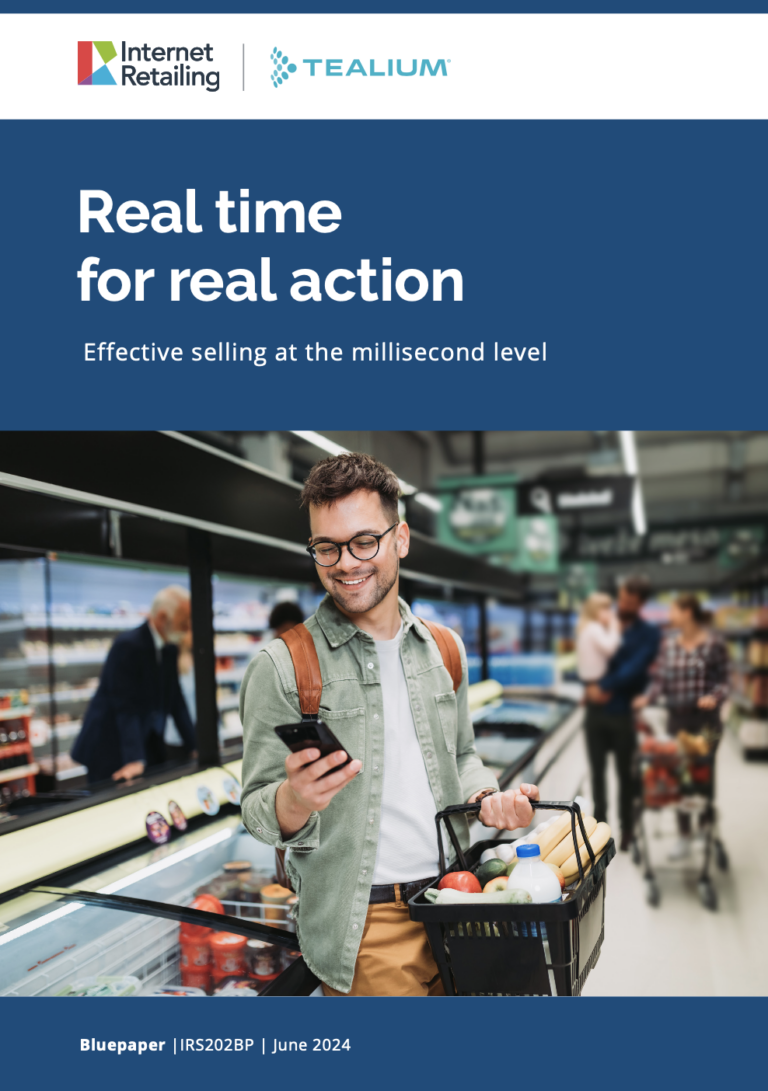Overstocking is a huge concern to UK retailers with nearly two thirds (62%) of retailers surveyed in a new report expressing their unease, and almost all (99%) retailers admitted to losing at least £10,000 of revenue due to unsold stock each quarter.
The Retail Resilience Barometer 2023, from product performance management (PPM) platform provider ROI Hunter, found UK retailers have been forced to sell nearly half (48%) of their total stock at a discounted rate, specifically due overstocking.
“Overstocking began last year due to misconceptions around consumer demand for products, with little foresight into how the current cost of living crisis would shake the retail industry,” said Karel Schindler, CEO at ROI Hunter.
“Beyond this, the current promotion strategies favoured by retailers are unknowingly worsening the situation. For example, many are unable to promote seasonal items online quickly enough at full price and they often go out of season or become discounted as it takes weeks for advertising algorithms to catch up.”
From out-of-stock to overstock
Schindler may blame “misconceptions around consumer demand” on this overstock issue, but it wasn’t too long ago that store shelves and warehouses were empty due to record-high demand, a shift to ecommerce and a supply chain crisis. The past few years have thrown a number of challenges at retailers and their supply chains. Many reacted to the various covid pressures by stocking up, only to see demand swing in the opposite direction during the following cost-of-living crisis.
A UK banking source reported that the 37 listed businesses that make up ‘UK retail plc’ have £2.8bn in excess stock.
As suggested in the Retail Resilience Barometer 2023 many retailers will turn to discounting to clear any overstock. This doesn’t always work however. A report by Inventory Planner after the 2022 peak holiday sales found 44% of ecommerce retailers were stuck with excess stock, and a ‘returns tsunami’ would only compound the problem – which in a worse case scenario can lead to the collapse of a business.
Made.com example
Both Inventory Planner and ROI Hunter used the demise of ecommerce furniture firm Made.com as an example of how a sharp decline in sales combined with money tied up in excess stock can lead to administration.
“Made.com’s crash was a wake-up call to everyone in retail about the dangers of excess stock,” added Sara Arthrell, Inventory Planner, CMO.
Many retailers will be looking at the inventory management in much more detail to keep up with the changing demands, and ensure they do not need to turn to widespread discounting to clear any backlog.
“Discounting cripples margins and is not sustainable over the long-term with the cost-of-living headwinds all retailers are facing,” stressed Arthrell.
Secondary market
Reducing old stock repeatedly may be financially unstable but there is still revenue to be made in excess stock. Earlier this month, eBay’s head of pre-loved stressed in a conference session that retailers can ‘unlock the value in their waste’.
RetailX’s look at how fashion brands utilise marketplaces highlights that many are turning to marketplaces to clear out ‘old’ stock. eBay is offering brands such as Joules, Oliver Bonas, Marks & Spencer and LK Bennett a way to sell their end-of-life lines online.
By using marketplaces to sell out-of-season styles, retailers not only clear space for the latest trends but also still make money from it, gaining a sustainability tick for not landfilling items while also giving the customers the brands they like at the price point they want.
It is not only fashion sellers that can turn to such marketplaces to deal with overstock issues. Reverse logistics firm GoTRg estimates that retailers can recover an average of 72% of furniture’s retail value on the secondary market. Consumer electronics is another sector adopting the refurbished offering, with retailers able to recover an average of 66% of retail value for recommerced electronics.
There is value to be had in this stock, retailers across a range of sectors – and those selling both online and instore – must first understand their stock, demand, and where best to sell it.










